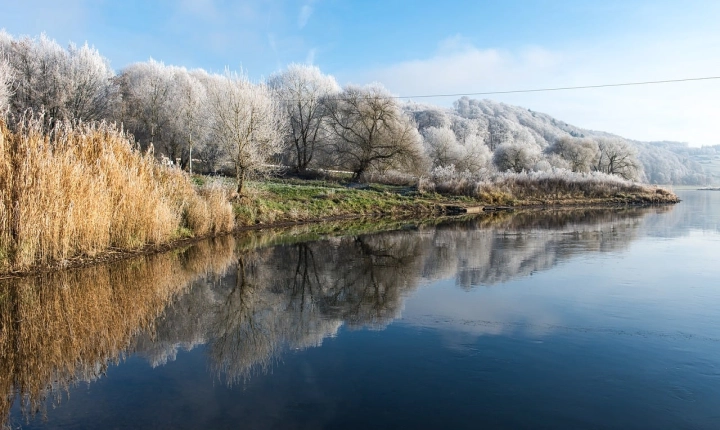“Can You Detect AI Art?”
Artificial Intelligence (AI) has shown remarkable progress in various fields, including creating art. With AI-generated art becoming more prevalent, the question arises: can you detect AI art?
AI-generated art has gained attention in recent years due to its ability to mimic human creativity in producing paintings, music, and even literature. While some may argue that AI art lacks the emotional depth and personal touch that human art possesses, others find the unique style and unconventional approach of AI-generated art to be compelling.
One of the most prominent examples of AI art is the use of Generative Adversarial Networks (GANs), a machine learning framework that can create new data similar to a given set of inputs. Artists and researchers have utilized GAN technology to produce visually stunning and thought-provoking artworks.
So, can you detect AI art? The answer is both yes and no. In many cases, AI-generated art can be indistinguishable from human-created art, making it challenging to discern its origin solely based on visual inspection. However, there are some key indicators and techniques to help identify AI-generated art.
Firstly, the style and technique used in AI art may differ significantly from traditional or contemporary human art. While AI has been trained on vast amounts of existing artwork, it may produce pieces that incorporate elements of various styles, resulting in a unique blend that strays from conventional human artistic expression.
Secondly, the process of creating AI art often involves the use of algorithms and computer-generated patterns, which may manifest as an underlying structure or repetitive elements within the artwork. Observing these patterns and structures can provide clues to the artwork’s AI origin.
Additionally, metadata and technical information embedded within digital art files can reveal whether AI algorithms were used in the creation process. This data may include details about the software, parameters, and network architecture used, shedding light on the artwork’s automated genesis.
Moreover, experts in the art and technology fields have developed specialized tools and methods for detecting AI-generated art. These techniques may involve analyzing pixel-level details, examining color gradients, and scrutinizing brushstroke patterns to discern subtle markers of AI involvement.
As AI art continues to evolve and gain prominence in the art world, the need for reliable methods to detect AI-generated art becomes more pressing. Debates surrounding the attribution and recognition of AI art are likely to intensify, prompting the development of new tools and standards for authentication and provenance verification.
Ultimately, the ability to detect AI art requires a nuanced understanding of both artistic expression and technological innovation. As AI continues to push the boundaries of creativity, the distinction between human and machine-produced art may become increasingly blurred, challenging our perceptions of artistic authenticity and creativity.
In conclusion, while detecting AI art presents unique challenges, ongoing advancements in technology and art analysis offer promising avenues for understanding, appreciating, and distinguishing AI-generated art. As AI continues to shape the art world, the conversation surrounding the detection of AI art will undoubtedly remain a topic of interest and exploration for artists, scholars, and art enthusiasts alike.
